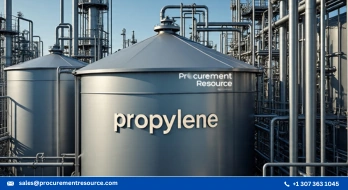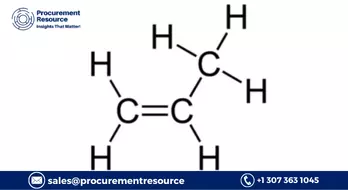Asia Propylene Market

Several developments in the Asian propylene market in the last quarter of 2018 meant that its effects were expected to spiral into the early part of 2019. Towards the end of the calendar year, many top companies in north-eastern Asia completed their individual turnarounds, which resulted in a gradual lengthening during the Q4 of 2018.
The most obvious example of such an occurrence was in Japan where JXTG Nippon Oil and Energy restarted the Fluid Catalytic Cracking (FCC) unit on December 20th post the planned maintenance process. Prior to this, the unit remained shut towards the end of October for a similar maintenance drive.
Another major region for propylene market is China, where the demand remained on-need basis only during the final three months of 2018. This period was heavily impacted by the losses suffered by spot prices which saw most buyers either opting to purchase from domestic suppliers or adopting a wait and watch policy if they could afford to so. Apart from the Chinese market, the market in Taiwan too ended the year on a not so positive note as they witnessed a sharp fall in demand for cargoes.
The domestic supply was plenty till CPC suffered a sudden outage at the Residue Catalytic Cracker (RFCC) at Dalin, two weeks before the year ended. Many experts opined that these accidents would have a significant impact on the initial trends of the market in 2019, whereas, many remained hopeful, that some of the markets will witness a quick turnaround, ensuring that business continues as usual.
One of the main reasons for optimism among the market players is that it is expected that there will be significant supply during the first three months in 2019 in Japan and South Kore, despite there being a chance of shortening length owing to the planned maintenance work at Hyosung’s 350,000 tonnes per year propane dehydrogenation unit in South Korea.
This, along with other factors will ensure stable demand for propylene in Asia towards the beginning of the year with cautious trading happening with expectations of re-stocking activities to commence by Lunar New Year. However, the Lunar New Year could also hamper the business in the region, as many believe that post the Lunar New Year celebrations and the holiday season, it could take about 15 to 30 days for several downstream units in China to restart.
Scheduled new plant start-ups during the initial period of 2019 provide further assurance that supply will be able to meet the demands. These start-ups will ensure that the supply is not hampered by the seasonal cracker turnarounds in several Asian regions.
The Zhejiang Satellite Petrochemical Company Limited’s 450,000 metric tons per year PDH (Propane Dehydrogenation) plant, and Fujian Meide Petrochemical Company Limited’s 660,000 metric tons per year PDH plant in China will start-up in early 2019, promising a steady supply throughout the year.
Over in the Southeast Asian country, Malaysia, the Petronas Aramco RAPID project is also due to commence a brand-new petrochemical refinery plant this year.
It is anticipated that this RFCC will be able to produce propylene of about 600,000 metric tons every year and it should be operational within 2019 Q1. Further, its cracker is expected to start later in the year and should have capacity produce of 600,000 metric tons per year.
The market, however, still remains at risk of being hampered by the US-China trade war developments. To the relief of many, both the parties have announced a truce for 90 days. During this period no additional tariffs would be introduced. The 90-day period ends on the 1st of March, 2019, following which changes could be made that could have some effect on the propylene market.


.webp)
